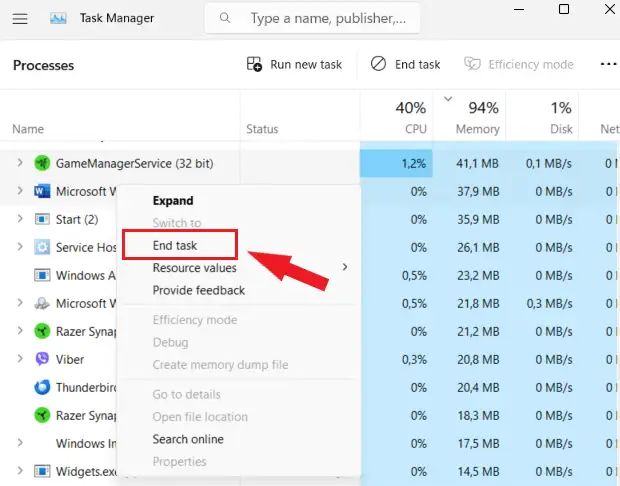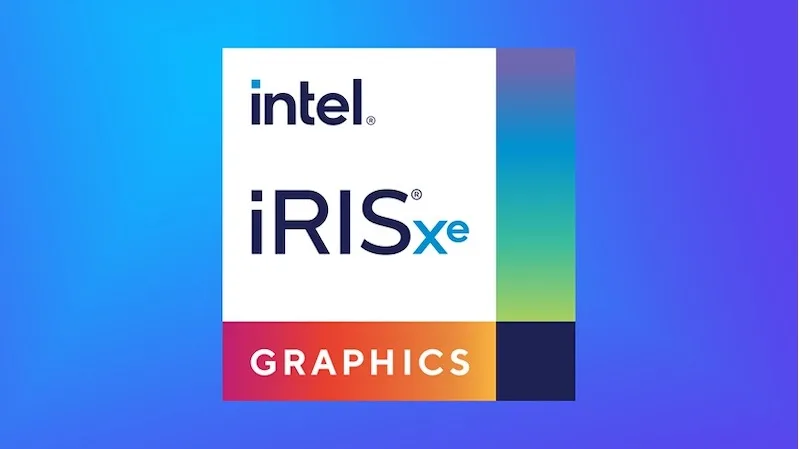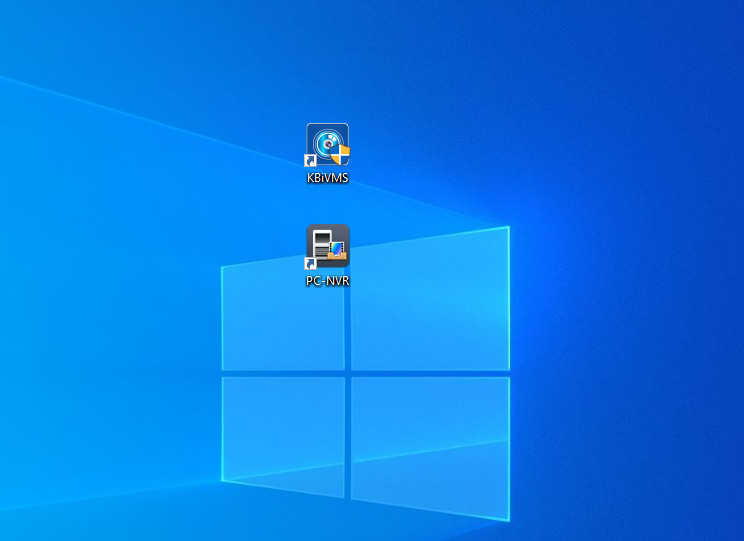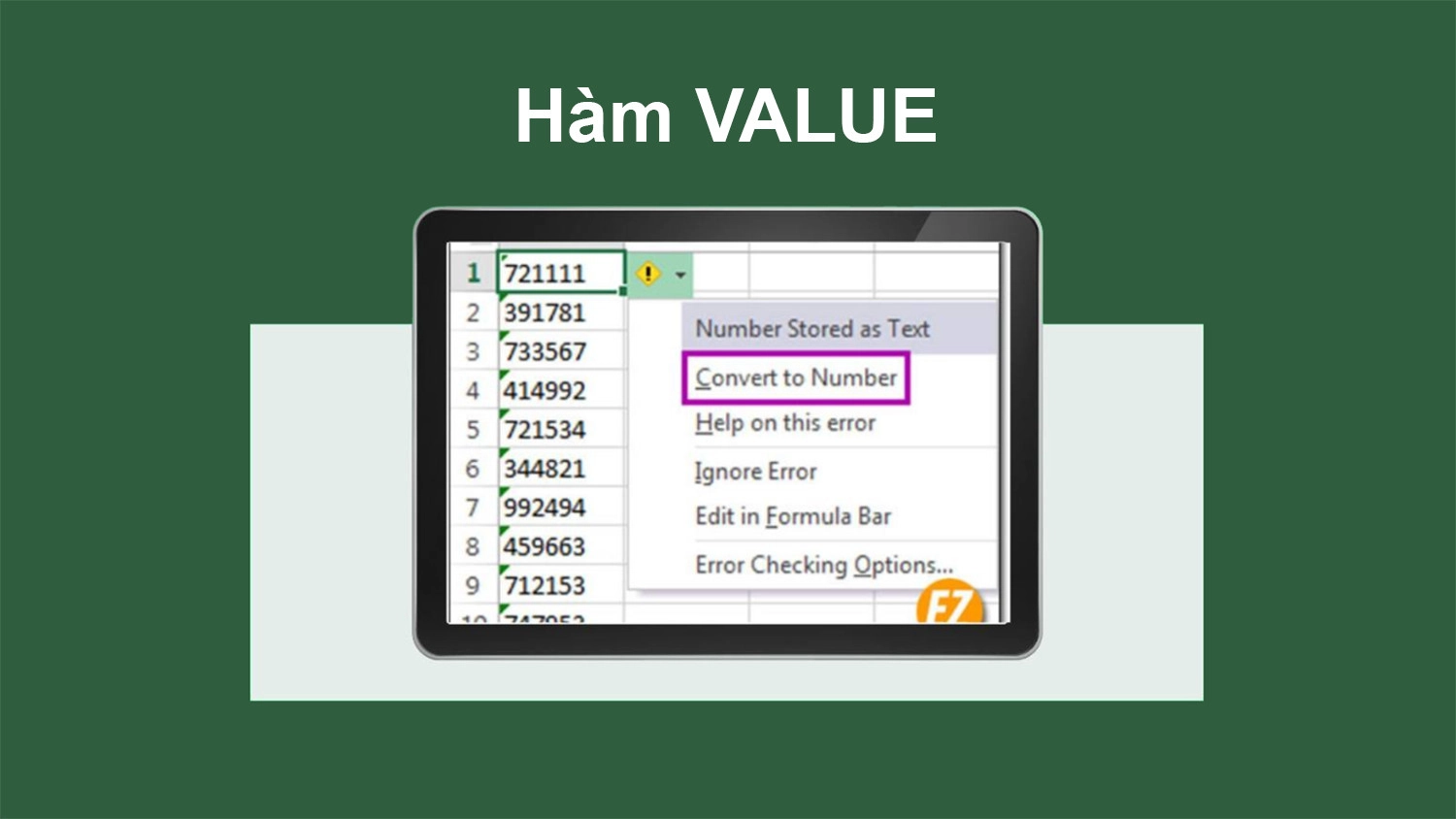31 January 2024 The Nim Team
The Nim community survey 2023 has been open for two months, and we have received 662 responses - we think this is a large enough sample to draw conclusions about our users and their habits. Before we go into details, we would like to thank all the people who took the time to respond. We really appreciate the feedback!
The goal of this survey was primarily to determine how our community is using Nim, in order to better understand how we should be improving it.
Do you use Nim?
Based on the answer to this question, the respondents were divided into two groups that each received a separate set of questions.
Approximately three quarters of the respondents use Nim (33% frequently, 40% occasionally), while the remaining quarter is divided between people who never used Nim (10%) and people who stopped using Nim (16%).
Of those people who don’t use Nim, the most frequent reasons are: “Nim seems immature, not ready for production”, “Nim doesn’t have libraries I need”, “Nim seems too risky for production”, and “Nim doesn’t have enough learning materials”.
Users
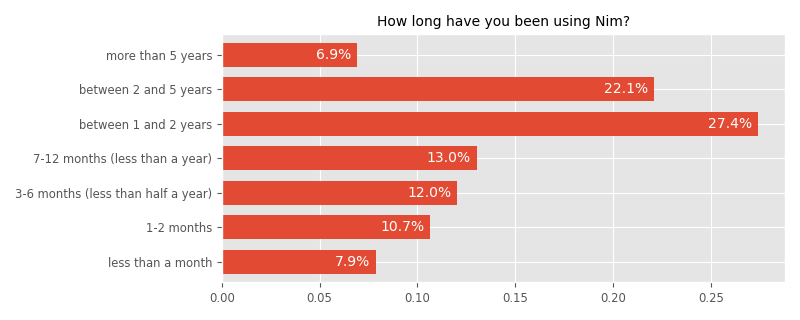
Compared to the response from last year, our user-base has more Nim experience than before. We have more users that have used Nim for at least two years: 38% this year vs 30% last year, and less new users (people who started using Nim in the last 6 months): 20% this year vs 30% last year.
A typical Nim user, just as in previous years, would be a software developer from Europe.
Besides Europe (more than half of our users), our users mostly come from North America and Asia. A half of our users are software developers (50%), and the next largest group are students (13%, same as last year).


We have users from all age groups and all levels of programming experience, proving that Nim can be used both by beginners and veteran programmers.
Just as with Nim experience, we are noticing a trend where our users are on average a bit older (33% Nim users are older than 40, 20% younger than 24) than the year before (26% older than 40, 20% younger than 24).
Similar to last year, this year we have with 55% user having at least 10 years of experience and just 6% users with less than 2 years of experience.

Same as previously, things that people like about Nim the most are: performance/speed and syntax (80%), ease of use (73%), and self-contained binaries (66%).

VS Code continues to dominate, with 66% of Nim users choosing it in the survey. In the second place is Vim/Neovim (36% combined), followed by Emacs and Sublime Text (6% each).
Nim versions
We’re glad to see that the large majority of users are using the latest stable version (2.0.x).
We can partially attribute this to the mostly painless upgrade process:
Using Nim
This is the first year that we can be somewhat satisfied with this statistic: there is an upward trend compared to the last year - more than 20% of our respondents use Nim for the majority of time (60% or more), which is a 25% increase from last year’s 16%.
One of the explanations for the poor Nim usage generally can be explained by these responses: only about 35% of the respondents use Nim at work. (Which is an increase from 30% last year)
We’re glad to hear that the large majority of people who could use Nim at work, are planning to do so in the near future.

The results are similar to 2021 responses.
Learning Nim

This year we only wanted to see the responses of Nim-newcomers, to see what learning materials are still “fresh” and still used in 2023, but from the amount of responses we see that even some our more experienced users answered this question :)
The most popular learning resource are the official tutorials, followed by “Nim by Example”. “Nim Basics” is in the third place, surpassing “Nim in Action” book.
Rosetta Code examples is also a popular choice as a learning resource, closely followed by “Mastering Nim” book.
Just like in the previous survey, the most wanted types of learning materials are code examples and written tutorials. We also see an increased demand for video tutorials.
If someone in our community is willing to work on Nim, but has no idea what to do, these tutorials would be a good start.
Nim in 2024 and beyond
Each year improving the tooling is getting more and more votes, and this year it has become the top priority to fix, according to our users.
Thanks to our partnership with Status, it is one of our main priorities for 2024.
While, compared to the last year, more users think the current situation with the compilers bugs is ok, still 2/3 of our users find it very important. We will continue to work on it, and we appreciate any community effort on this: we already have several individuals continuously helping us with fixing compiler bugs (thank you!), and we’d benefit from more.
These results are basically the same as last year (documentation 2021, learning materials 2021). When it comes to learning materials, where we mostly lean on the community content (for this to improve we need your involvement!), people want to see more written tutorials and code examples.
Last words
Thank you to each and every one of you who took the time to answer this survey. Your time is precious and we are deeply thankful that you used it to share your feedback.
Please remember that you do not need to wait for a survey in order to give us feedback; of course you’re more than welcome to wait if you wish, but ideally share your feedback with us immediately. We can be found in various places - see the community page for links and instructions on how to get in touch.
If you would like to help us in our 2024 plans, consider contributing or making a donation. You can donate via:
- Open Collective
- Bitcoin: bc1qzgw3vsppsa9gu53qyecyu063jfajmjpye3r2h4
If you are a company, we also offer commercial support. Please get in touch with us via [email protected]. As a commercial backer, you can decide what features and bugfixes should be prioritized.













